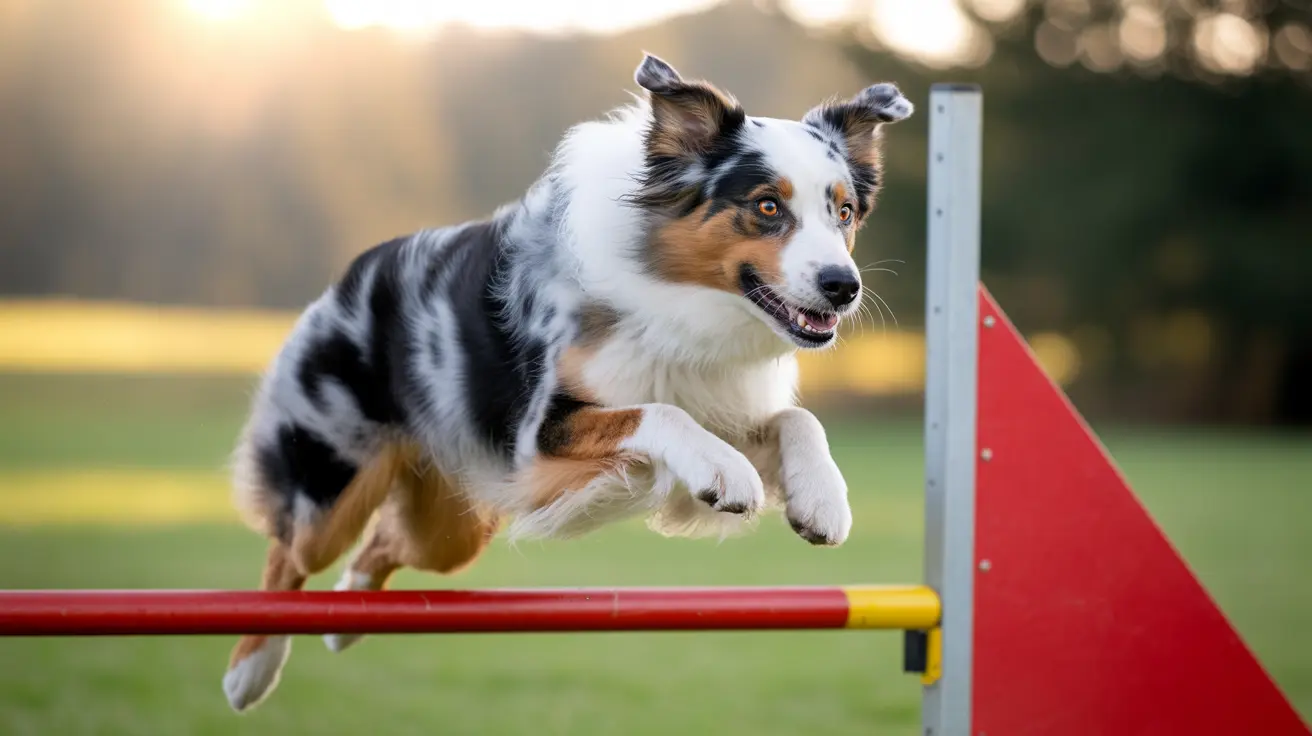What Is a Fistula in Dogs?
A fistula in dogs, specifically an arteriovenous fistula (AVF), is an abnormal connection between an artery and a vein that bypasses the normal capillary system. This unusual pathway disrupts proper blood flow and oxygen delivery to surrounding tissues, potentially causing serious health issues for your pet.
These vascular abnormalities can develop anywhere in your dog's body, including the head, neck, limbs, and internal organs. The severity of the condition largely depends on the size and location of the fistula.
Common Causes and Risk Factors
Most cases of fistulas in dogs are acquired rather than present at birth. The primary causes include:
- Traumatic injuries
- Surgical complications
- Accidental injuries during medical procedures
- Deep tissue damage
- Bite wounds
While any dog can develop a fistula, some breeds may have a higher predisposition to this condition. Regular veterinary check-ups can help detect early signs of vascular abnormalities.
Recognizing the Signs and Symptoms
The symptoms of a fistula in dogs can vary significantly depending on its location and severity. Common signs include:
- Warm, swollen areas on the body
- Visible pulsing beneath the skin
- Limping or lameness if affecting a leg
- Decreased exercise tolerance
- Rapid breathing or coughing
- Unusual fatigue
- Changes in appetite or behavior
Diagnostic Process
Veterinarians use several methods to diagnose fistulas in dogs accurately:
- Physical examination and medical history review
- Ultrasound imaging
- Doppler studies
- Angiography
- CT scans or MRI in complex cases
Treatment Options and Management
Modern veterinary medicine offers several approaches to treating fistulas in dogs:
Surgical Intervention
Traditional surgery remains a common treatment option, especially for larger fistulas. The procedure typically involves:
- Careful isolation of the affected blood vessels
- Surgical closure of the abnormal connection
- Reconstruction of normal blood flow patterns
- Post-operative monitoring and care
Minimally Invasive Procedures
Advanced catheter-based treatments offer less invasive alternatives:
- Embolization therapy
- Coil placement
- Specialized closure devices
- Shorter recovery times compared to traditional surgery
Recovery and Long-term Care
After treatment, your dog will need:
- Regular follow-up appointments
- Restricted activity during healing
- Careful monitoring for complications
- Possible lifestyle modifications
- Ongoing cardiovascular health management
Frequently Asked Questions
What causes arteriovenous fistula (AVF) in dogs and which breeds are more prone to this condition?
Arteriovenous fistulas in dogs are primarily caused by trauma, such as accidents or surgical complications. While any breed can develop this condition, some breeds like English Bulldogs may have a higher predisposition. Congenital cases are rare but possible.
What are the common symptoms and signs that indicate my dog might have an arteriovenous fistula?
Common signs include warm, swollen areas on the body, visible pulsing beneath the skin, decreased exercise tolerance, rapid breathing, and lameness if the fistula affects a limb. Some dogs may also show signs of heart problems, such as coughing or fatigue.
How do veterinarians diagnose arteriovenous fistula in dogs and what imaging techniques are used?
Diagnosis typically involves a comprehensive physical examination followed by imaging studies such as ultrasound, Doppler studies, and angiography. In complex cases, CT scans or MRI may be necessary for detailed visualization of the fistula.
What treatment options are available for dogs with arteriovenous fistula, and how effective are surgical versus catheter-based methods?
Treatment options include traditional surgery and minimally invasive catheter-based procedures. While surgery may be necessary for larger fistulas, catheter-based treatments often offer shorter recovery times and fewer complications. The choice depends on the fistula's size, location, and your dog's overall health.
What kind of follow-up care and monitoring does a dog require after treatment for an arteriovenous fistula?
Post-treatment care involves regular veterinary check-ups, restricted activity during healing, and careful monitoring for complications. Some dogs may need ongoing cardiovascular monitoring and lifestyle adjustments to ensure optimal recovery and prevent recurrence.






